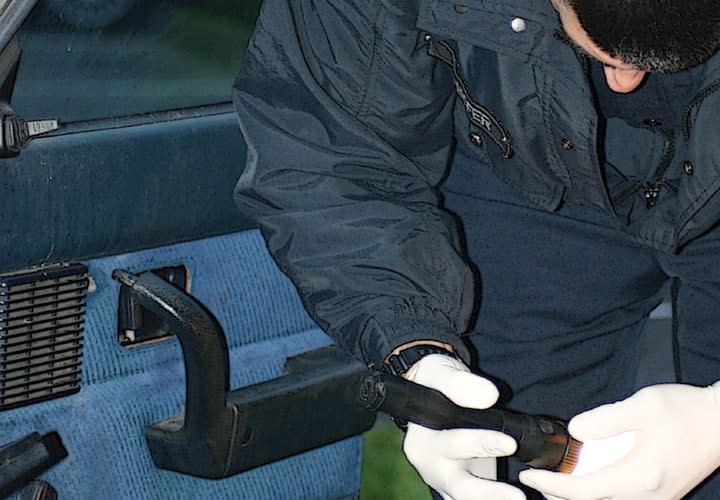Davis v. U.S.
In 2007, officers in Greenville, Ala., stopped a vehicle in which Willie Gene Davis was a passenger. He was arrested for giving a false name, handcuffed, and secured in the police car. Officers then returned to the vehicle and searched it, finding a firearm that was offered against Davis in a federal prosecution for being an ex-con with a gun. He unsuccessfully moved to suppress the weapon as the fruit of an unlawful search (the decision in this case does not discuss how Davis established his "standing" to bring the motion, since passengers ordinarily do not have a legitimate expectation of privacy in someone else's vehicle).
By the time Davis's appeal was heard, the U.S. Supreme Court had changed the rules on vehicle searches incident to arrest. Overruling the longstanding rule that a lawful arrest of a recent occupant of a vehicle justifies a search even after the arrestee is secured, the Supreme Court held in Arizona v. Gant in 2009 that once the person is secured, an incidental vehicle search may only be conducted where there is reason to believe the search will reveal evidence of the arrest offense. In light of Gant, Davis asked the Supreme Court to give him the benefit of a retroactive application of the exclusionary rule.
The Supreme Court, upholding the Eleventh Circuit Court of Appeals, refused to suppress the gun. The court agreed that the vehicle search incident to Davis's arrest would not have been permissible under Gant, but the court held that the officer committed no misconduct in relying on existing pre-Gant court rulings, so there was nothing to deter. Therefore, the exclusionary rule did not apply to Davis's case. The court said this:
"We have said time and again that the sole purpose of the exclusionary rule is to deter misconduct by law enforcement. We have stated before, and we reaffirm today, that the harsh sanction of exclusion should not be applied to deter objectively reasonable law enforcement activity. Evidence obtained during a search conducted in reasonable reliance on binding precedent is not subject to the exclusionary rule.













